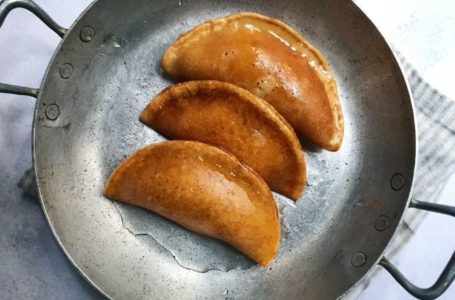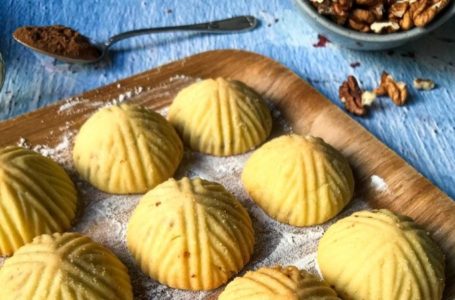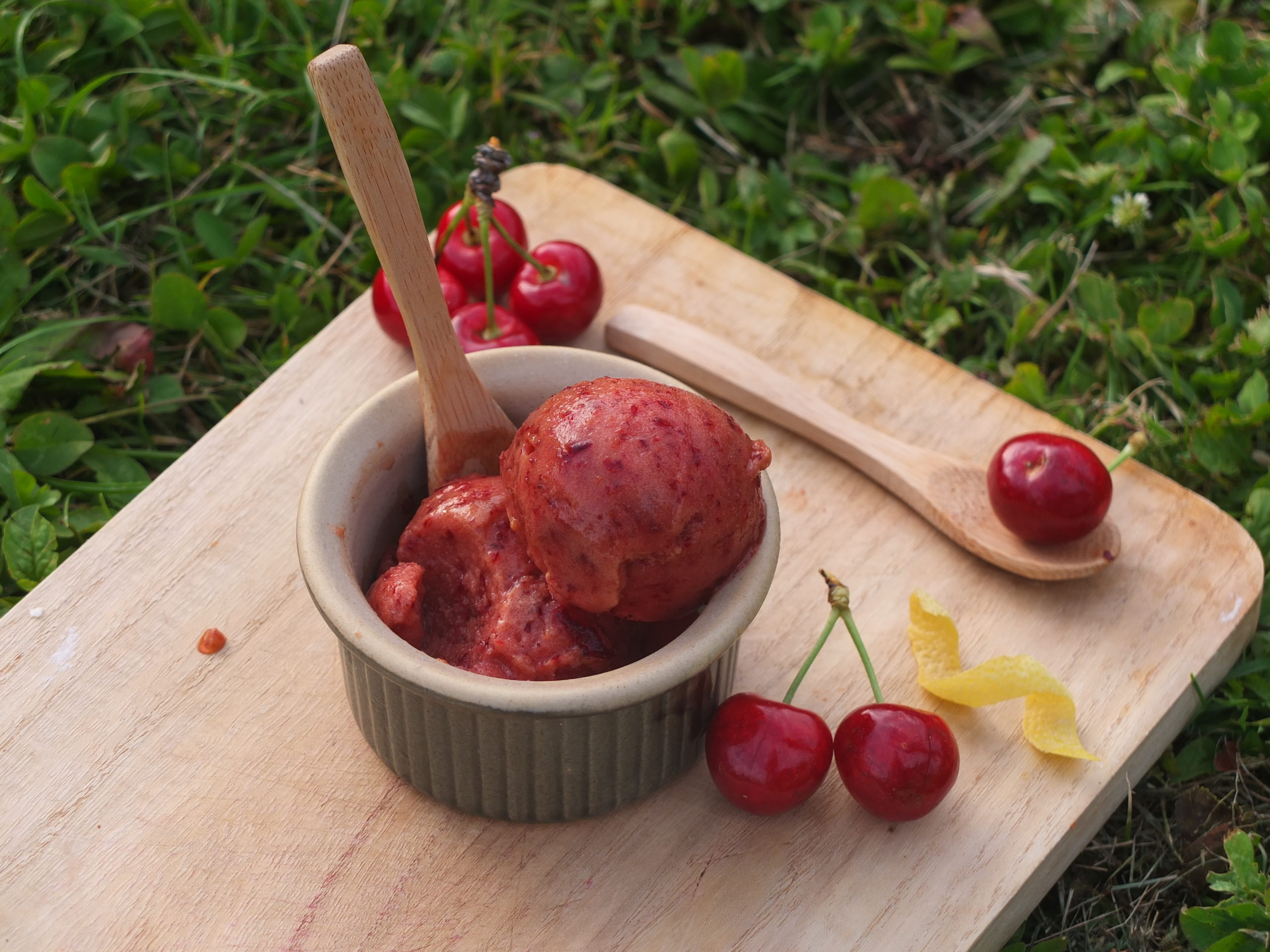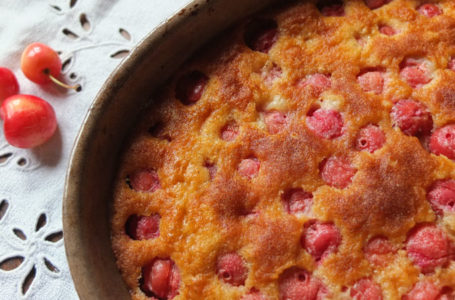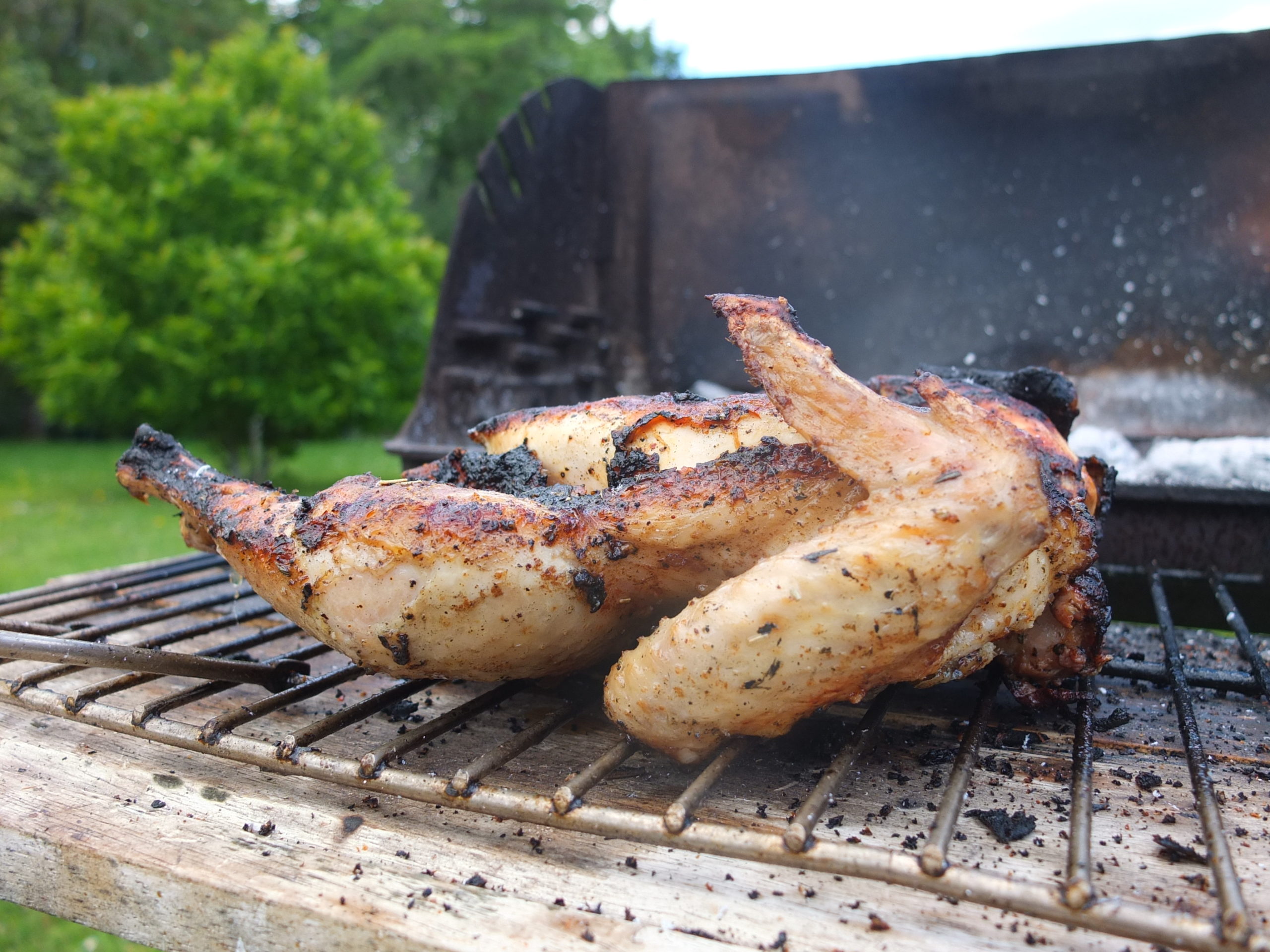Homemade Labaneh
- Breakfast How-To
ThePetiteCheffe
- 27 August 2020
- 0
- 1881
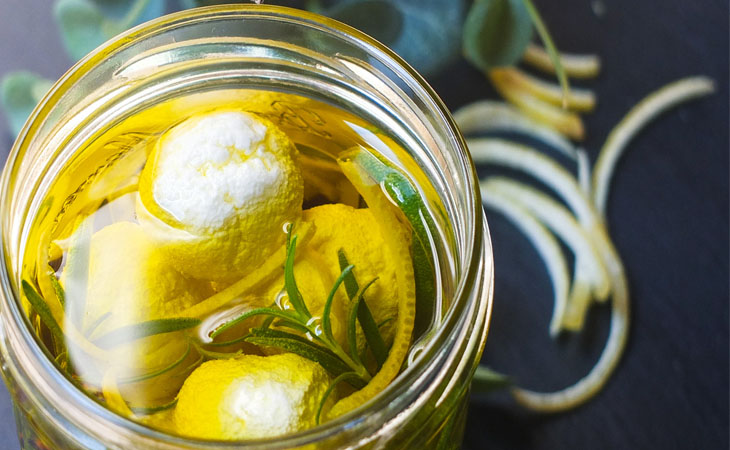
My love for Labaneh cannot be described in a few words. Labaneh for me is home, it’s the late night snack in a dimly lit kitchen, and it’s the first thing on the breakfast table whenever I am back home in Amman. Of course, Labaneh tastes different back home, because food is also about the people, the scents and the weather. This recipe is my cure to homesickness. It tastes great and is easy to make. Only thing is, you MUST make it with greek yogurt, not any other type of yogurt.
Ingredients
- 2 kg greek yogurt
- 6 tsp salt
- Kitchen towel
- Sterilized jars
- Olive oil
- Lemon peel strips and Rosemary (optional)
How to Make It
Step 1
In the Yogurt container, add the salt and stir well
Step 2
You will need a shallow bowl, on top of which you will place a strainer
Step 3
Place a clean cloth into the strainer then pour the yogurt mix
Step 4
Fold the sides in and tie using some string and leave to drain for at least 24 hours. Note that the quantity of yogurt would have reduced in half the next day
Step 5
The next day, sterilize a couple of jars and their lids. Pour some olive oil (mid way) into the jars and set aside
Step 6
Release the string and start making small balls, about 2cm in diameter and set onto kitchen paper to dry
Step 7
Take hold of the olive oil filled jar, slant slightly then start dropping the Labaneh balls gradually, making sure they are always covered in oil. Add olive oil if balls are not completely covered
Step 8
Add the lemon peel strips and some Rosemary (or Thyme) twigs then seal the jar and store in a cool dark place for up to 1 month
Nutritional Info:

Strained yogurt is known as labaneh (Arabic: لبنة) in the Levant, Egypt, and the Arabian Peninsula. Besides being used fresh, labaneh is also dried then formed into balls, sometimes covered with herbs or spices, and stored under olive oil. Labaneh is a popular mezze dish and sandwich ingredient. A common sandwich in the Middle East is one of labaneh, mint, thyme, and olive on pita bread. The flavour depends largely on the sort of milk used: labaneh from cow’s milk has a rather mild flavour. Also the quality of olive oil topping influences the taste of labaneh.
In Iraq, Jordan, Palestine, Lebanon, Egypt, and Syria, labaneh is made by straining the liquid out of yogurt until it takes on a consistency similar to a soft cheese. It tastes like tart sour cream or heavy strained yogurt and is a common breakfast dip. It is usually eaten in a fashion similar to hummus, spread on a plate and drizzled with olive oil and often, dried mint. It is also often paired as a dip with the mixed herb blend za’atar.
Fun Fact:
Did you know that milk from camels and other animals is used in labaneh production in Saudi Arabia and other Gulf countries!
Source: Wikipedia




